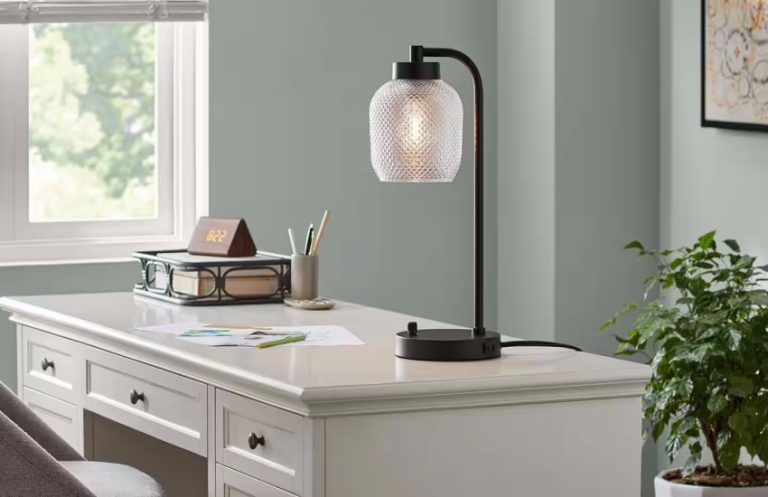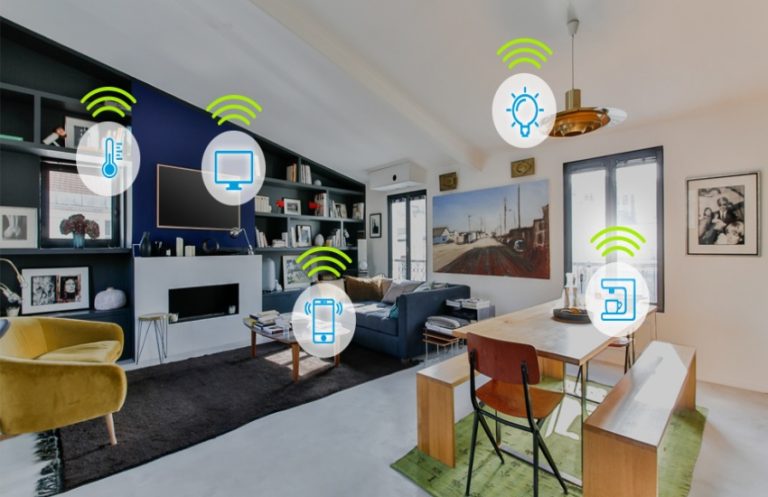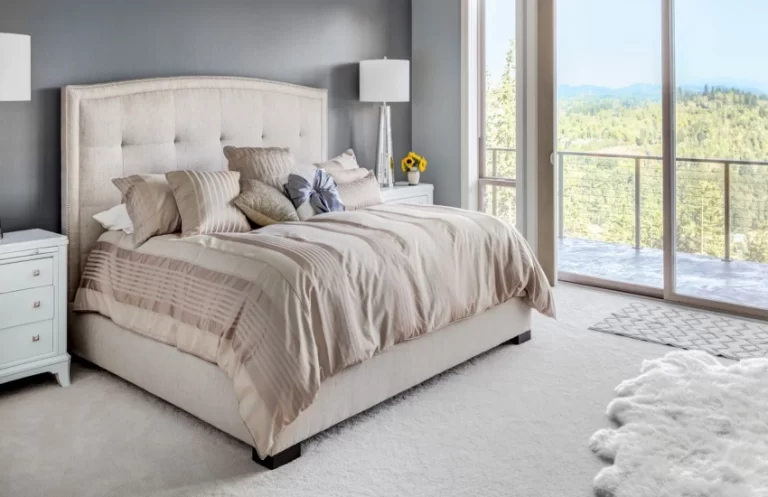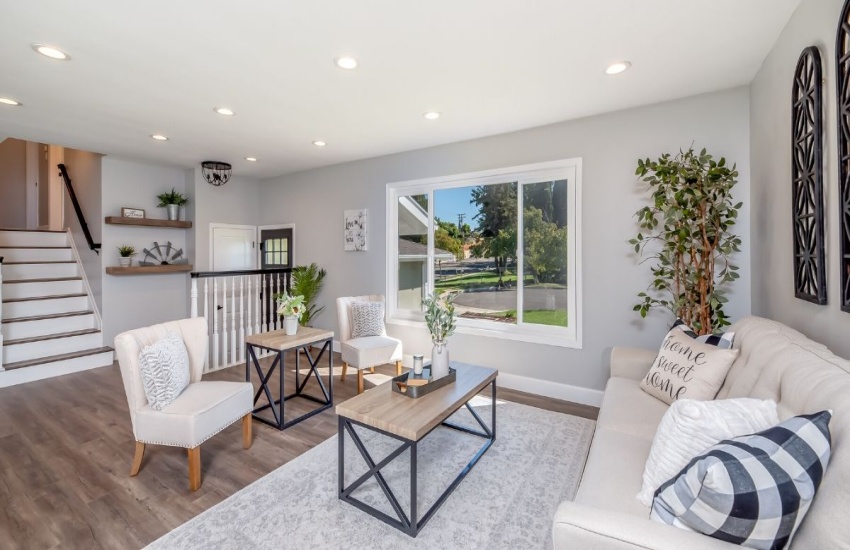
Compared to traditional incandescent bulbs, LED lamps consume significantly less energy while producing the same amount of light. This efficiency translates into lower electricity bills and a reduced environmental impact. For homeowners looking to create a more sustainable living space, LED lamps are an excellent choice. They have a longer lifespan as well, often lasting up to twenty-five thousand hours or more, which means less frequent replacements and reduced waste.
The versatility of LED lamps is another appealing factor. They are available in a wide range of styles, shapes, and sizes, making it easy to find the perfect fit for any room. Whether you prefer a sleek modern design or a more traditional look, there is an LED lamp that can complement your decor. Additionally, many LED lamps come with adjustable brightness levels and color temperatures, allowing you to customize the lighting to suit different activities and moods. Warm white light creates a cozy atmosphere, while cool white light is ideal for tasks that require focus and clarity.
When selecting LED lamps for your home, consider the specific needs of each room. In living areas, a combination of ambient and task lighting can create a balanced environment. LED floor lamps or table lamps can provide focused light for reading or working, while ceiling-mounted LED fixtures can illuminate the entire space. In kitchens, bright white LED lights can enhance visibility for cooking and food preparation. For bedrooms, softer, warmer LED options can create a relaxing atmosphere conducive to rest.
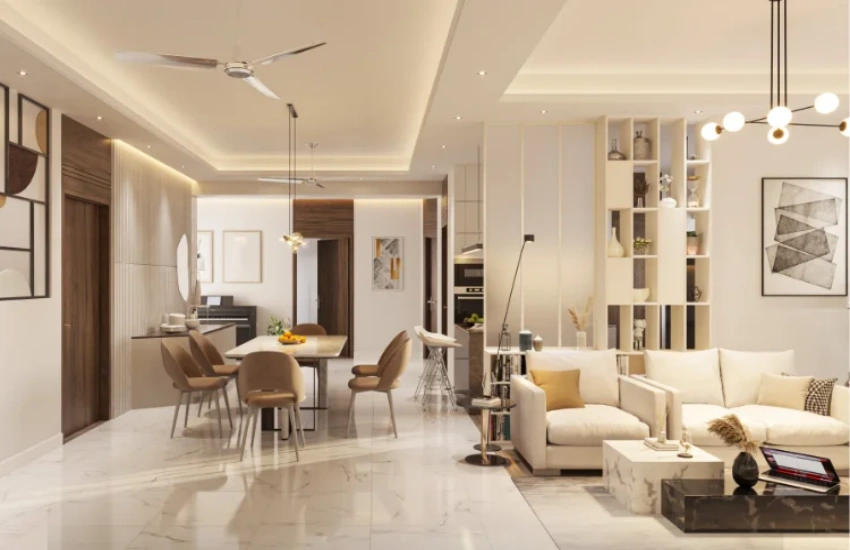
Another important aspect to consider is the color rendering index, or CRI, of the LED lamp. This measurement indicates how accurately a light source displays colors compared to natural light. A high CRI rating, typically above 80, ensures that colors appear true and vibrant. This is particularly important in spaces where color accuracy is essential, such as art studios or areas where you apply makeup.
Installation and compatibility are also crucial when integrating LED lamps into your home. Many LED lamps are designed to fit standard light fixtures, making installation straightforward. However, it is essential to check compatibility with dimmer switches, as not all LED lamps work well with existing dimming systems. Choosing LED lamps specifically labeled as dimmable can help avoid flickering or buzzing when adjusting brightness.
When incorporating LED lamps into your home, energy efficiency, versatility, and color accuracy should be at the forefront of your decision-making process. By understanding the unique features of LED lamps, you can select lighting solutions that not only enhance the aesthetic appeal of your space but also contribute to a more sustainable lifestyle. With the right LED lamps, you can create a well-lit, inviting atmosphere that meets your functional and decorative needs.
